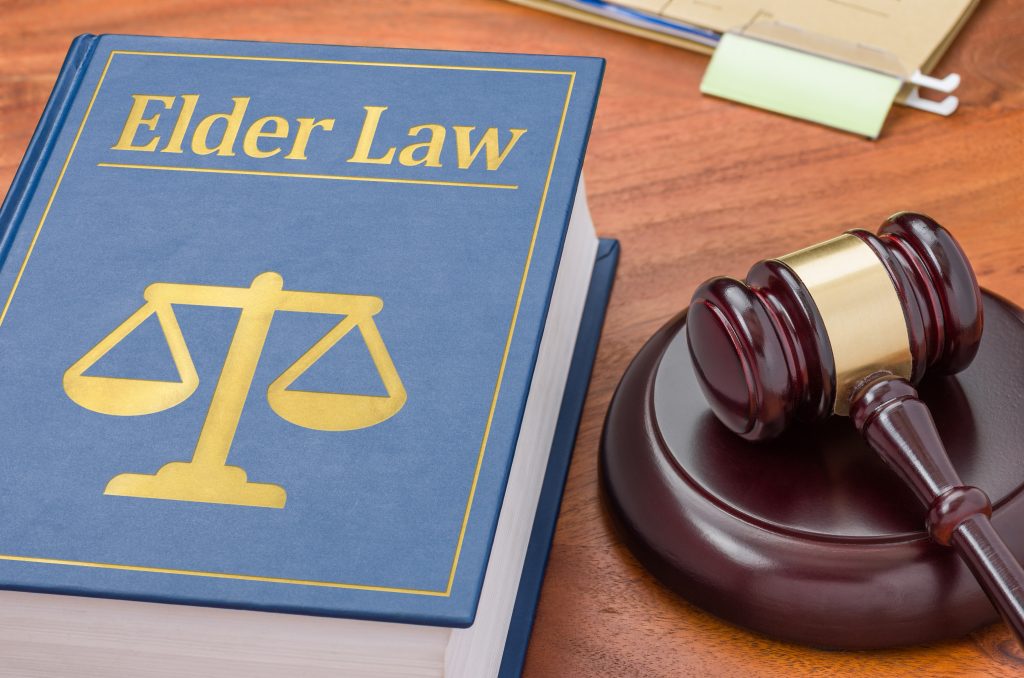05.30.2019 Written by: Henningson & Snoxell, Ltd.
The award of permanent spousal maintenance does not mean it will be paid forever. It means until the payor’s death, the recipient’s remarriage or a substantial change in the financial circumstances that makes the original award unreasonable and unfair. The payor’s retirement can be a substantial change in the circumstances. See Minnesota Statutes 518A.39.
Unless the divorce decree specifically identifies what happens at retirement, permanent spousal maintenance does not automatically end at the payor’s retirement. If the divorce decree does not specify what happens at retirement, at that time the payor can bring a motion to modify spousal maintenance and the obligation may end, be modified or remain unchanged. If the original award was permanent maintenance, it is the payor’s burden to establish the substantial change in circumstances.
In the past the usual age of retirement was 65. Except for a few professions, today there is no mandatory retirement age. If contested, when the spousal maintenance payor retires he or she has the burden to show the decision to retire was in good faith and not for the purpose of avoiding the maintenance obligation. The closer the payor is to age 65, the court is more likely to determine the decision to retire was made in good faith. However, there are circumstances when retiring before age 65 is appropriate. If the spousal maintenance recipient claims the payor is retiring in bad faith, the court will consider a number of factors:
- The payor’s health;
- The payor’s employment history;
- The parties’ plans and expectations for early retirement before the divorce;
- The employer’s policies and industry standards relating to the age of retirement;
- The payor’s financial circumstances; and,
- All other reasons given to retire.
The process is complicated because typically before bringing a motion, the payor needs to actually retire and the decision to retire maybe connected to whether the spousal maintenance obligation will be changed. Before deciding to retire or announcing your retirement, it is wise to consult with an attorney. If you are the maintenance recipient and receive notice of the payor’s intention to retire, it is also appropriate to promptly communicate with experienced legal counsel.
If the Court determines the payor was acting in good faith, the court looks at the parties’ incomes, assets and expenses. If both parties have post retirement income that provides for their reasonable expenses, spousal maintenance should end. However, the Minnesota Supreme Court recently decided, even at the age of retirement the maintenance recipient is not required to use the retirement assets they were awarded in the divorce decree to support themselves at retirement. Many lawyers do not understand this decision.
Minnesota case law provides the maintenance recipient does not get a “second bite of the apple”. In other words, the payor is not required to pay spousal maintenance from marital assets previously divided in the original divorce decree. However, income earned from the assets and retirement accounts awarded in the original divorce decree can be considered when evaluating the payor’s ability to pay and the recipient’s need for maintenance.
When the court evaluates the payor’s ability to pay maintenance, it considers the assets acquired by the payor after the divorce and the payor’s pre-marital assets that were not considered in the original divorce settlement. This means if the maintenance payor is financially successful after the divorce, he or she may have a more difficult argument establishing a substantial change in the circumstances that makes the original maintenance award unreasonable and unfair.
In assessing the spousal maintenance need, the court must consider all the income from the requesting spouse. The spouse seeking maintenance is not required to sell-off assets to provide for his or her needs. However, the income or return generated from the recipient’s estate will be considered. In a recent Minnesota Supreme Court case, the Court ruled that the recipient of maintenance was required to move her cash and invest in a more “income producing” investment.
Not surprisingly, the decision to retire and request a change in spousal maintenance can result in litigation. To avoid uncertainty and surprise at retirement, it would be helpful to agree what happens to spousal maintenance when the initial divorce terms are decided. However, with the emotions at the time of divorce, this negotiation can be difficult.
In the future, we expect legislative changes to the spousal maintenance statute and case law that will clarify what is considered when the payor seeks to modify spousal maintenance at retirement.
Modification of spousal maintenance is difficult, subjective and the related law is constantly changing. It also makes a difference if the original spousal maintenance award was permanent, permanent with step reductions or temporary. If you are involved in a spousal maintenance modification case, we recommend consulting with an experienced family law attorney at Henningson & Snoxell.
Read More











 Subscribe
Subscribe Subscribe
Subscribe










